What Is Kohler's Disease
What is kohler's disease. This bone disease is named after the German radiologist who described the condition in the early twentieth century. This most commonly happens in boys however it can happen in girls. Köhler disease is an eponymous term referring to childhood-onset osteonecrosis of the navicular bone in the foot.
Kohler disease is a disease only seen in pediatric patients. Kohlers Disease is a spontaneous loss of blood supply to a bone in the foot called the Navicular bone. What causes Freiberg Disease.
Kohler disease is a rare bone disorder of the foot in children that may be the result of stress-related compression at a critical time during the period of growth. Kohlers disease is a rare condition that occurs in children aged between 3 and 7 that affects a bone in the foot called the navicular. It most often occurs in children between the ages 3-7 and affects males five times more often than females.
X-rays show that this bone is initially compressed and later breaks into pieces before healing and hardening back into bone. It is characterized by limping caused by pain and swelling in the foot. Kohlers disease occurs most frequently in children between the ages of 5 and 10 years.
Kahlers disease is a condition in the bone marrow. Kohlers disease is a rare condition in which the tarsal navicular bone a bone in the arch of the foot becomes inflamed. The disease occurs usually during the late childhood or adolescence but unfortunately symptoms appear later.
The condition is rare. 1 It belongs to a group of conditions. Typically this problem develops in children.
It is characterized by an uncontrolled proliferation of B lymphocytes. Kohlers disease is often misdiagnosed as infection.
X-rays show that this bone is initially compressed and later breaks into pieces before healing and hardening back into bone.
X-rays show that this bone is initially compressed and later breaks into pieces before healing and hardening back into bone. What causes Freiberg Disease. Typically this problem develops in children. Kohlers Disease is a spontaneous loss of blood supply to a bone in the foot called the Navicular bone. Kohlers disease is a rare condition in which the tarsal navicular bone a bone in the arch of the foot becomes inflamed. Köhler disease first described by Alban Köhler in 1908 is a rare bone disorder of the foot that occurs in children most commonly boys aged 4-7 years. Kohler disease is a disease only seen in pediatric patients. Kohlers disease is often misdiagnosed as infection. Typically a self-limiting condition.
Kohler disease is a condition that affects a bone at the arch of the foot called the tarsal navicular bone. Kohlers disease is a rare condition that occurs in children aged between 3 and 7 that affects a bone in the foot called the navicular. Köhler disease is an eponymous term referring to childhood-onset osteonecrosis of the navicular bone in the foot. Typically this problem develops in children. This most commonly happens in boys however it can happen in girls. Kahlers disease is a condition in the bone marrow. Kohlers disease occurs most frequently in children between the ages of 5 and 10 years.
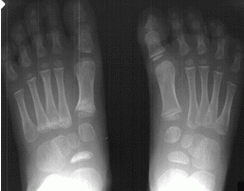




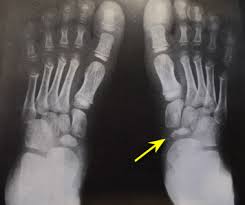
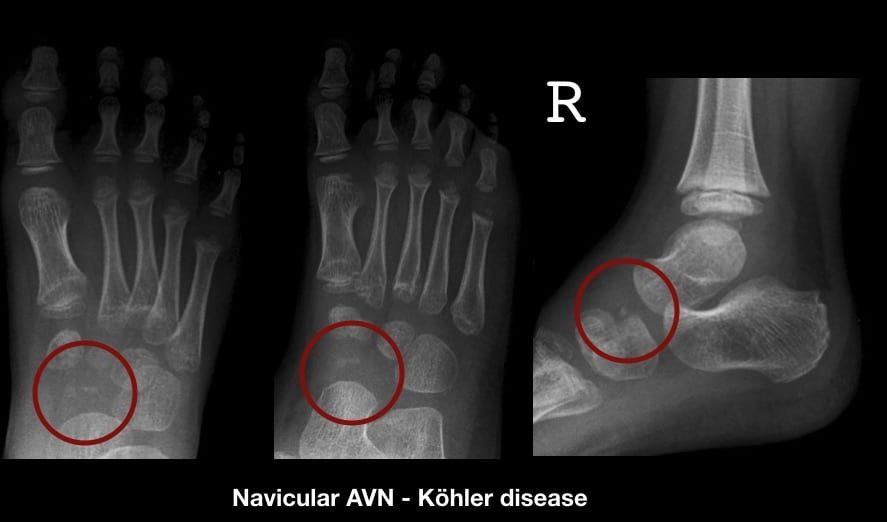






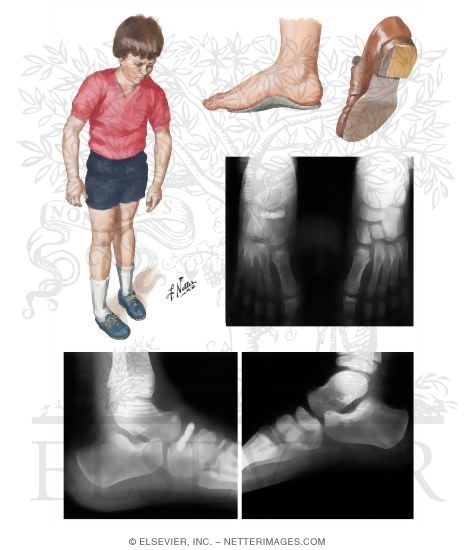
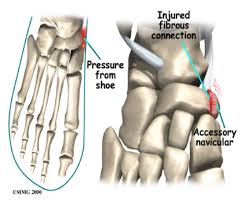
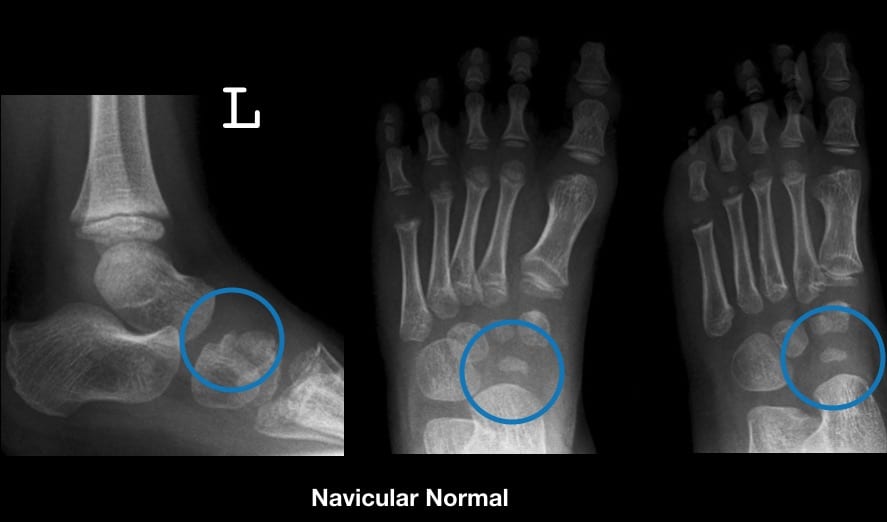
















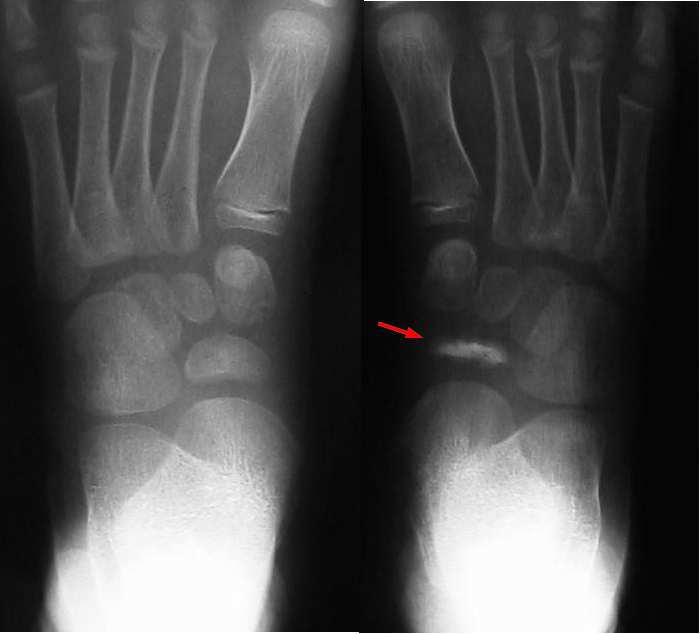
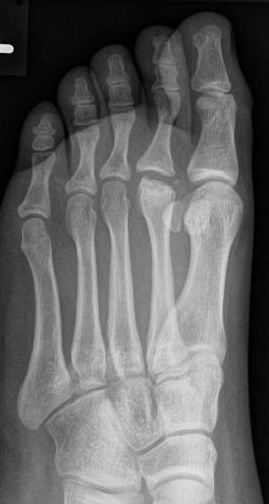

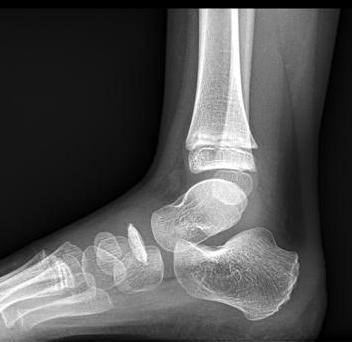



Posting Komentar untuk "What Is Kohler's Disease"